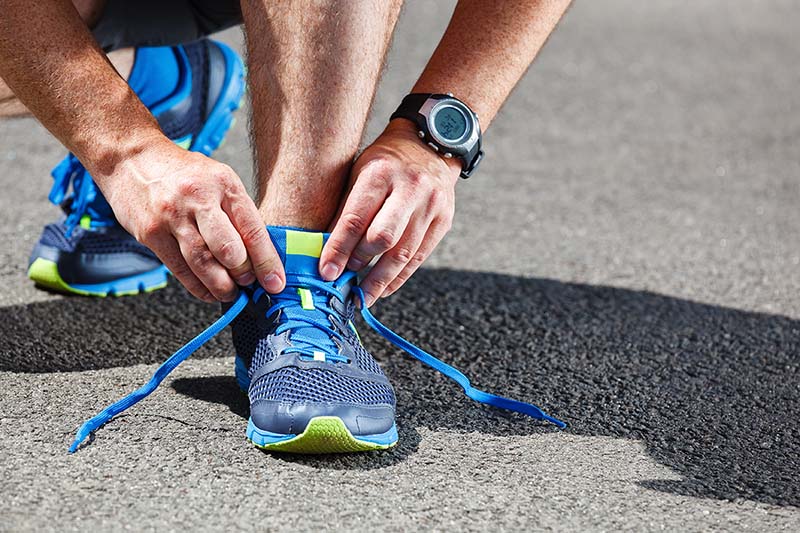Why 10,000 Steps a Day Is Good For You
Have you ever wondered why everyone is talking about the importance of walking 10,000 steps a day?
Why is it important to track one's steps? People tend to track their steps in order to measure their fitness or to compete with friends (or coworkers). The current recommendation is to get 10,000 steps a day—but, why? Interestingly, although this “recommendation” wasn’t originally backed by science (more on that below), science shows compelling reasons why 10,000 steps a day is a great goal to have.
What’s in a number?
The magical number 10,000 steps actually came from a Japanese marketing campaign in 1965 when a Japanese health science professor invented a pedometer and believed walking 10,000 steps a day would help the Japanese population avoid obesity. He named the pedometer Manpo-Kei, which means 10,000-step meter. The 10,000 steps recommendation has stuck ever since.
Related: 7 Clever Ways to Sneak In a Workout
How many steps are enough?
If 10,000 steps seems overwhelming, we have good news: You can start smaller and still get great benefits. Getting half that amount is linked to a lower risk of early death. Of course, this isn’t to say getting more than 5,000 steps isn’t even better, but even increasing your movement a little each week is beneficial. Research shows that the more activity you get in a day, the better (even if it’s light activity). 10,000 steps a day is a bit of a push for many adult Americans, but it is doable.
Health benefits
Amazingly, even small efforts to move more throughout the day can have great benefits. A recent study showed that doing basically anything besides sitting for 30 minutes a day (walking, yoga, skipping, stretching, etc.) lowers the risk of early death by 17%. Higher intensity exercise, of course, has greater rewards and lowers the risk by 35%.
Making a goal of 10,000 steps a day boosts your heart health, helps you focus better, provides more energy, and strengthens your lungs, bones, and muscles.
How to get started
If you’re new to tracking steps, start by tracking your average steps for a week or two. Then set a goal to push yourself above your average movement.
The most important part of tracking your steps is to be mentally prepared for both the days when you don’t reach your goal and the days when you exceed it. Trying to reach 10,000 steps can be a great goal to aim for, but if you are consistently getting discouraged, try re-accessing your goal.
Overall, just get out and move more than you did yesterday. Little movements don’t take much time and add up, and as research shows, are just plain good for you.
How do you track your fitness? Tell us on Facebook. And while you’re here, check out our other articles on healthy living. Select Health may link to other websites for your convenience.
Related: Can you Pass This At Home Fitness Test
Select Health does not expressly or implicitly recommend or endorse the views, opinions, specific services, or products referenced at other websites linked to the Select Health site, unless explicitly stated.
The content presented here is for your information only. It is not a substitute for professional medical advice, and it should not be used to diagnose or treat a health problem or disease. Please consult your healthcare provider if you have any questions or concerns.





